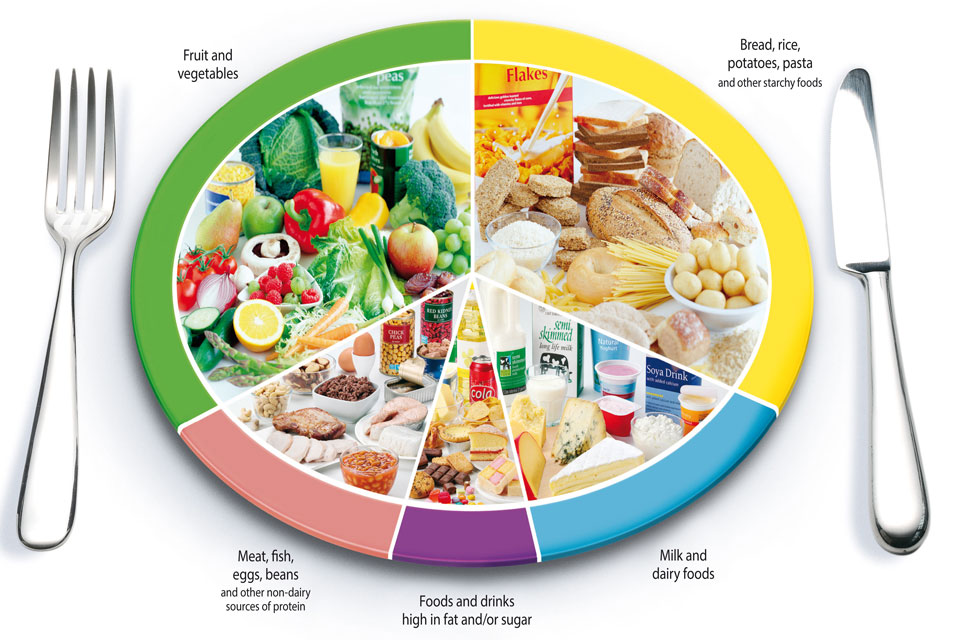I've been pulling out the last of the parsnips and
carrots from my garden having planted them last spring. They store remarkably
well under the earth.
It was last year that we decided to try our hand at
growing vegetables and was surprised at how much pleasure I got from this activity.
Every day I could be found staring into propagators or the patch of earth we'd
dug up, with a cry of "They've grown!" It had become a daily ritual. Sometimes
I would force myself not to check the plants for 2 or 3 days so I would
get more of a surprise. It was a big biological experiment happening before my
eyes! At the same time my husband was starting to worry that I was
getting a little obsessed.....

Apart from bringing immense pleasure, growing vegetables is also highly educational; I had no idea just how big courgettes plants were, let alone that they produced flowers which you could eat! Just being outside and checking, watering or digging up vegetables was also a good way to unwind and relieve any stresses of the day. Then to top if off, as long as they haven't succumbed to any slugs or snails, you could enjoy the fruits of your labour by dining on them. Who you knew there was so many ways to eat beetroot?!
Another interesting thing about growing vegetables is the strange shapes they grow into. We've had carrots with multiple legs, parsnips as long as your arm, courgettes that had been left a day too late and were on their way to becoming a marrow plus cucumbers that were small round and stumpy. Although a source of some hilarity (sad I know!!), they've all tasted delicious. This then begs the question, where do all the wonky vegetables go?
Quite clearly farmers are far more adept at growing produce
than our novice selves, but I'm sure not everything they get out of the ground
is a perfect shape. Farmers have
admitted that sadly they are forced to throw away any produce that's an odd
shape or has imperfections because they are unable to sell them. This is an
absolute tragedy not to mention a massive waste! I can't see any way to justify
throwing away mountains of food just because it doesn't fit the perception of what
is the correct shape. Although the strict EU rules on the shape and size of fruits
and vegetables permitted to be sold were lifted some time ago, the effect of
the regulations appears to be long lasting. Is it the consumer that's feeding
the trend or the retailers or both?


I, for one, would be very happy to buy my fruits and
vegetables wonky. I've heard that certain supermarkets are now selling
unconventionally shaped produce at a lower price (but have yet to see this with
my own eyes). How can we get more supermarkets to stock misshapen fruits and
vegetables or to get manufacturers to use them more in food products?


